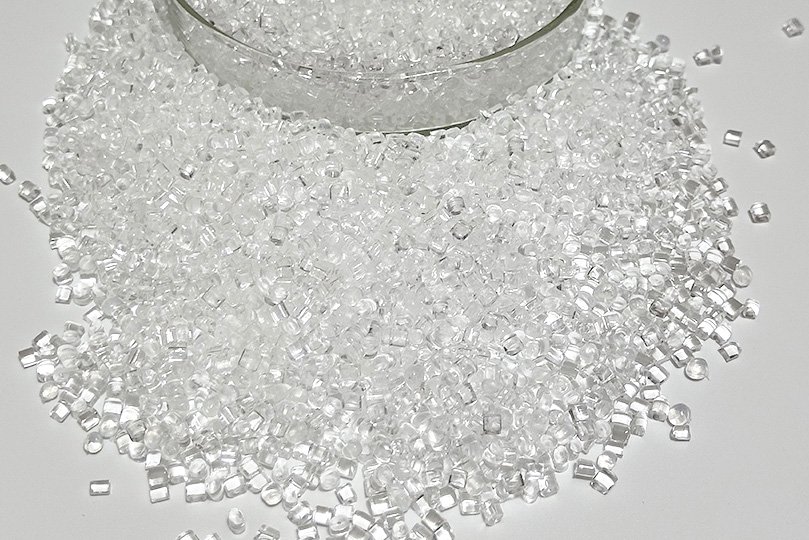In the world of materials, plastics are everywhere, from packaging to automotive parts. Among the many types of plastics, nylon stands out for its unique properties and applications. Whether you're working in manufacturing, recycling, or simply want to identify materials at home, recognizing nylon from other plastics can be challenging. In this article, we’ll explore effective methods for distinguishing nylon from other common plastics.
Nylon, also known as polyamide (PA), is a synthetic polymer commonly used in the production of fibers, films, and molded parts. Due to its strength, durability, and resistance to wear and chemicals, nylon is used in applications such as automotive components, industrial machinery, and even clothing. Nylon is a type of engineering plastic, setting it apart from more common plastics like polyethylene (PE) and polypropylene (PP), which are often used for packaging materials.
Identifying nylon from other types of plastic is essential for several reasons:

Nylon possesses several unique properties that set it apart from other plastics:
Here are some reliable methods to differentiate nylon from other common plastics:
Nylon often has a smoother, shinier appearance compared to more matte-finished plastics like polypropylene or polyethylene. Nylon's surface tends to be glossy and has a certain smoothness, especially in its molded form.
Steps to inspect nylon visually:
A burn test is one of the most effective ways to identify nylon. Nylon burns differently from other plastics, which can help you distinguish it.
Steps for a burn test:
Characteristics of burning nylon:
In contrast, other plastics like polyethylene burn with a blue flame and produce a waxy or paraffin-like odor, and polypropylene may smell like burnt rubber or paraffin.
Unlike many other plastics, nylon is hygroscopic, meaning it absorbs moisture from the air. This property makes nylon slightly heavier and may affect its performance if moisture levels are too high.
Steps for testing moisture absorption:
Polypropylene, polyethylene, and other plastics do not absorb water in the same way, making this a distinguishing feature for nylon.
Nylon has a slightly higher density than many other common plastics like PE and PP. Nylon’s density typically ranges from 1.13 to 1.15 g/cm³, while PP has a density of about 0.91 g/cm³, and PE’s density ranges from 0.92 to 0.97 g/cm³.
Steps for a density test:
Interpretation:
Nylon is known for its toughness and flexibility, making it more resilient under stress compared to more brittle plastics like polystyrene (PS). Nylon components, particularly fibers or thin sheets, can bend without breaking, whereas other plastics might snap or crack under similar stress.
Steps to test flexibility:
Many plastic products are marked with symbols or abbreviations to indicate the type of material. Nylon is often labeled as "PA" (short for polyamide) followed by a number (such as PA6 or PA66), indicating the specific type of nylon.
Steps to check labeling:
Recognizing nylon from other plastics may seem difficult, but with the right techniques, you can easily differentiate it. By using visual inspection, burn tests, moisture absorption, and flexibility tests, you can identify nylon and make informed decisions, whether you're in manufacturing, recycling, or everyday use. With its impressive properties like high strength, thermal stability, and chemical resistance, nylon remains a valuable material in many industries. Identifying it correctly ensures that you use it effectively and sustainably.
At Shengwen, we provide customized services for your personal demands,such as the resin's colors, color and dimension of boards or rods, and other performance design.
By continuing to use the site you agree to our privacy policy Terms and Conditions.